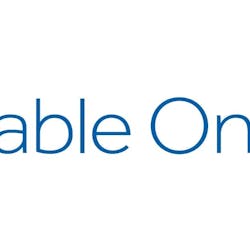According to the NPD Group, 31% of U.S. households do not currently have a broadband connection (25 Mbps downstream or greater). This equates to roughly 100 million consumers, and the vast majority of them are in rural markets.
The lack of access is in turn impacting the adoption of advanced technologies across much of America's heartland, according to NPD's Rural America and Technology report. Despite many homes still having the ability to connect to the Internet, consumers with single-digit downstream speeds will struggle to benefit from activities that require higher speeds, such as streaming video or connecting to a remote network to telecommute.
"The so-called digital divide, between those that can or cannot make the best use of the Internet, can be clearly felt in rural markets where the lack of broadband impacts everything from entertainment to the educational system," said Eddie Hold, president, NPD Connected Intelligence. "And even the state level data masks the underlying reality that in the most rural markets in America, less than 20% of households have a broadband connection."
On the other hand, consumers in rural markets that have broadband access show many similarities to the United States overall. While income levels are significantly lower in many rural markets, there is still demand for connected devices. Streaming media players, larger TVs, and smart home devices see significant ownership levels in rural markets when there is broadband, and at times even in areas that have slower connections. In fact, 43% of rural households in the United States (compared to 45% nationwide) own a streaming media player, regardless of whether they have access to broadband. Many of those households also still purchase DVDs due to a less than satisfactory streaming connection, but when broadband is delivered, streaming becomes the mainstream solution.
"The roll out of 5G will have a significant impact in rural America, disrupting the limited broadband carrier market and delivering broadband to many households that have not previously had access. This will inevitably provide an opportunity for manufacturers and retailers to reach new consumers with advanced devices," said Hold.
The report is based on a combination of sales data, mobile phone activation data, broadband adoption data, consumer survey information, and in-person interviews.





